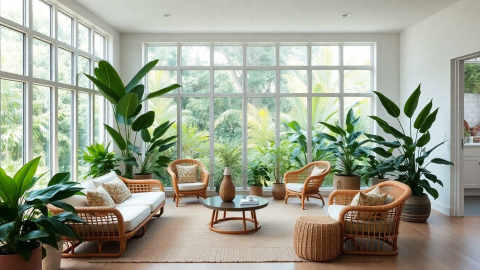Space Age Interior Design: Where Retrofuturism Meets Domestic Bliss
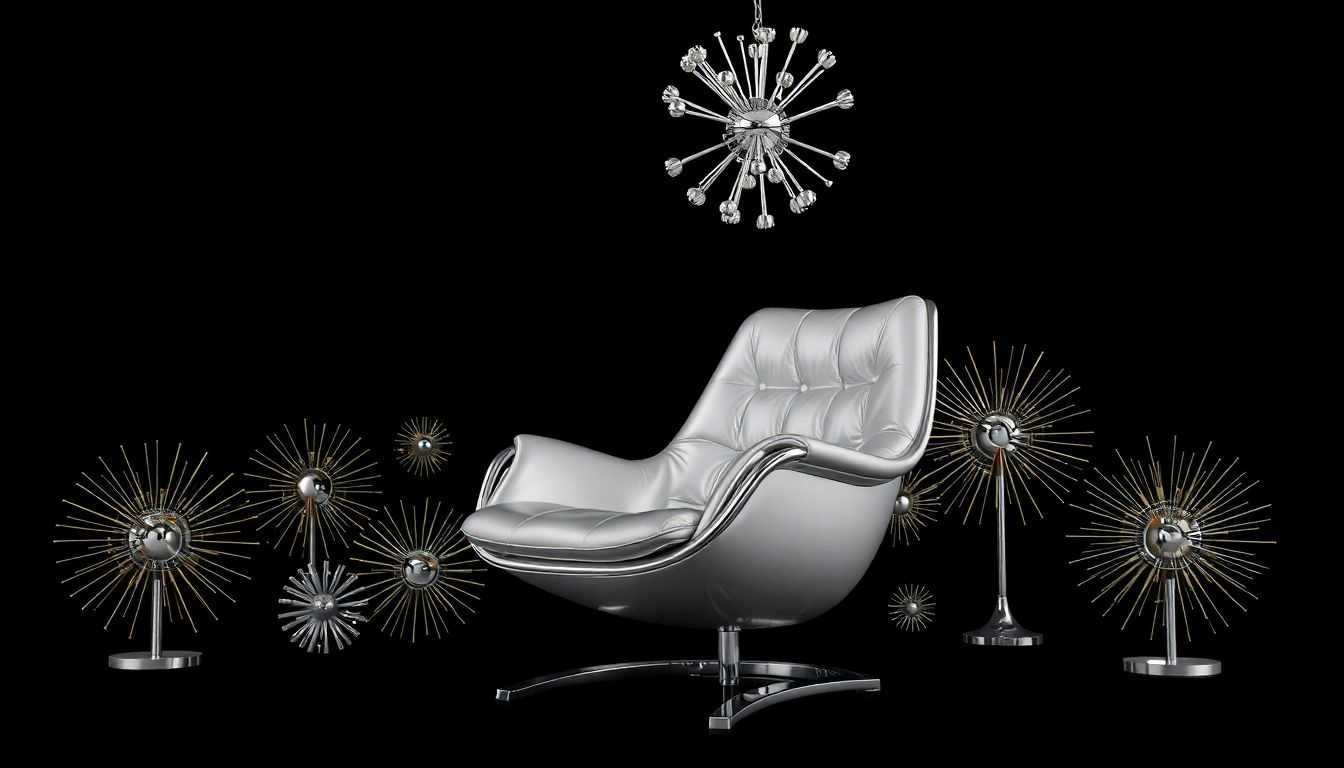
Welcome, earthlings, to the wondrous world of Space Age interior design, where the future of yesterday meets the living rooms of today! Prepare to embark on a journey through time and space, as we explore the delightfully kitschy, yet surprisingly enduring aesthetic that once promised us flying cars and meals in pill form. Grab your bubble helmets and strap in, because we're about to blast off into a realm where lava lamps are considered high art and your furniture might just be mistaken for a UFO.
The Dawn of the Cosmic Era: When Sputnik Sparked a Design Revolution
Picture this: It's 1957, and a small metal ball with antennae has just been launched into orbit, sending shockwaves through the American psyche. Suddenly, everyone's eyes are turned skyward, and designers are scrambling to capture this new fascination with the cosmos in every aspect of daily life.
As historian Martin McGee notes, "The Space Age era was characterized by a drive to innovate, to (quite literally) shoot for the stars, when the lines between science and science fiction began to blur." This blurring of reality and fantasy gave birth to a design movement that was equal parts optimism and paranoia, wrapped in a shiny, chrome-plated package.
From Atomic to Astronautic: The Evolution of Futuristic Design
The transition from Atomic Age to Space Age design was about as subtle as a rocket launch. Gone were the days of simple atomic patterns; now, everything had to look like it could blast off at a moment's notice. Furniture designers traded in their wooden legs for sleek, tapered metal ones that looked like they could double as landing gear.
Interior designer René Dekker, known for his "structured, considered, classical, elegant" approach, explains the shift: "I always tell anyone who will listen that you should not give a client a scheme that they could have achieved themselves – what is the point of that? Translate what they want into something that will give them complete enjoyment and then add the pizazz!" And by "pizazz," we can only assume he meant "make it look like it came from Mars."
The Elements of Space Age Design: Because Earth is So Last Season
Sputnik Chandeliers: Illumination or Alien Communication Device?
No Space Age home was complete without a Sputnik chandelier, those spiky orbs of light that looked more like deadly weapons than sources of illumination. Jonathan Adler's interpretation of this classic piece is described as "elegantly retro now," which is designer-speak for "still weird, but in a cool way."
Bubble Chairs: For When Gravity is Optional
Eero Aarnio's iconic Bubble Chair became the must-have seating option for anyone who wanted to feel like they were floating in their own personal space capsule. It's the perfect place to sit and contemplate the vastness of the universe, or just hide from your kids for a few blissful moments.
Starbursts Everywhere: Because More is More
From clocks to drawer handles, the starburst motif exploded onto every surface imaginable. George Nelson's Ball Clock epitomized this trend, described by the Museum of Modern Art as "a joyous, often irreverent exploration of form and inspired simplicity." Or, as we like to call it, "what happens when you let a designer drink too much coffee and watch sci-fi marathons."
The Psychology of Space Age Design: Optimism in the Face of Potential Annihilation
Why did people embrace such outlandish designs in their homes? Perhaps it was a way to make the terrifying concept of space travel seem more approachable. As Alessandra Wood, PhD, design historian, explains, "Atomic technology created this perceived optimism in the United States and made Americans feel safe and powerful." Nothing says "I'm not afraid of nuclear war" quite like a coffee table that looks like it could double as a fallout shelter.
DIY Space Age: Bringing the Cosmos to Your Condo
For those brave souls looking to inject a little retrofuturism into their own abodes, fear not! Here are some tips to get you started on your journey to domestic space exploration:
- Chrome Everything: If it doesn't reflect your face, it's not Space Age enough.
- Embrace Plastic: Because nothing says "futuristic" quite like non-biodegradable materials.
- Geometric Shapes: The more sides, the better. Bonus points for anything that looks like it could be a component in a spacecraft.
- Bold Colors: Think electric blues, vibrant oranges, and alien greens. If it wouldn't look out of place on a 1960s sci-fi movie set, you're on the right track.
Remember, in the words of the great Billy Baldwin, "Be faithful to your own taste, because nothing you really like is ever out of style." Even if that taste involves furniture that looks like it might take off without you.
The Legacy of Space Age Design: From Kitsch to Classic
Despite its seemingly niche appeal, Space Age design has left an indelible mark on the world of interior decoration. Its influence can still be seen in contemporary designs, proving that good ideas never truly go out of style—they just get repackaged for new generations.
As Karen Howes of Taylor Howes demonstrates, modern interpretations of Space Age design often involve "mixing in bizarre and beautiful elements" with "surrealist touches like black bowler hats, busts and lashings of lustrous gold." Because nothing says "I'm ready for the future" quite like a gold-plated bust wearing a bowler hat.
The Future of the Past: Where Do We Go From Here?
As we look to the future of interior design, one can't help but wonder: what will be the Space Age aesthetic of tomorrow? Will we see a resurgence of interest in Martian-inspired minimalism? Perhaps lunar luxury will be the next big thing?
One thing is certain: the spirit of innovation and imagination that drove Space Age design continues to inspire designers today. As Karim Rashid, a modern master of futuristic design, puts it, "It's part of my job to recognise that notions of luxury, which used to be about marble and diamonds, have changed. Luxury is now about free time and having less."
So, whether you're fully committing to a home that looks like the interior of a flying saucer, or just adding a few cosmic touches to your existing decor, remember that Space Age design is more than just a style—it's a state of mind. It's about looking to the future with hope, excitement, and just a touch of whimsy.
As we hurtle through space on this big blue marble we call Earth, let's take a moment to appreciate the dreamers, the innovators, and yes, even the slightly crazy designers who dared to imagine a future where our homes could be as exciting as the cosmos itself. After all, in the immortal words of The Jetsons' theme song, "Meet George Jetson, his boy Elroy, daughter Judy, Jane his wife." If that's not the American Dream of the future, I don't know what is.
So go forth, brave earthlings, and may your homes be as futuristic as your hearts desire. Just remember to keep your feet on the ground, even if your furniture looks like it's ready for liftoff.
References and Further Reading
- 1960's and 1970's Interiors
- An Exploration into the Space Age
- Space Age Design
- The Space Age Aesthetic: Influencing Architecture and Interiors
- Why Atomic Age Design Still Looks Futuristic 75 Years Later
- Pictures that prove interior designers are from outer space
- 20 inspiring retro futuristic interiors
For those brave enough to venture further into the final frontier of interior design, these resources will serve as your star charts. Godspeed, and may your living rooms always be ready for an impromptu visit from alien dignitaries.
More Articles
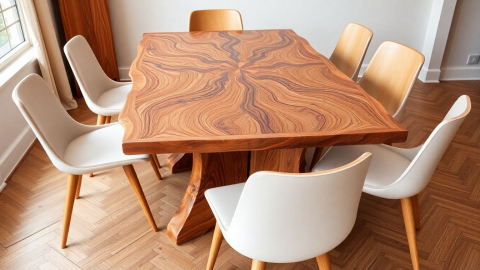
The Artisan's Touch: Elevating Interiors Through Craftsmanship and Design
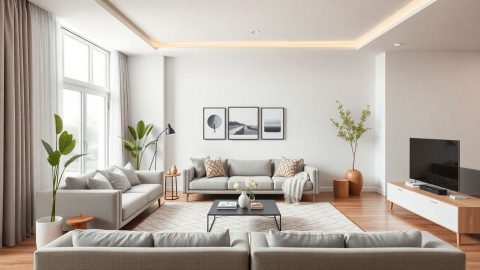
The Art of Less: A Humorous Guide to Minimalist Interior Design
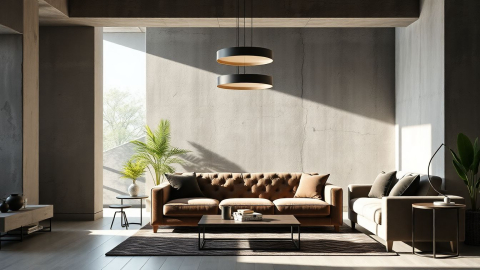
Brutalist Interior Design: From Concrete Jungle to Cozy Haven
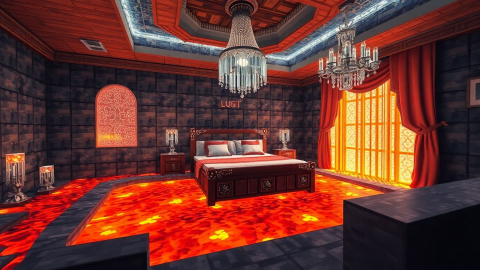
The Minecraft Interior Design Extravaganza: Where Pixels Meet Pretension
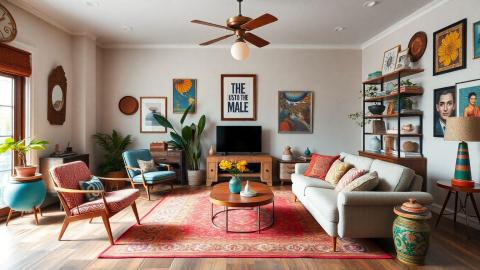
The Art of Eclectic Interior Design: Blending Styles with Soul
